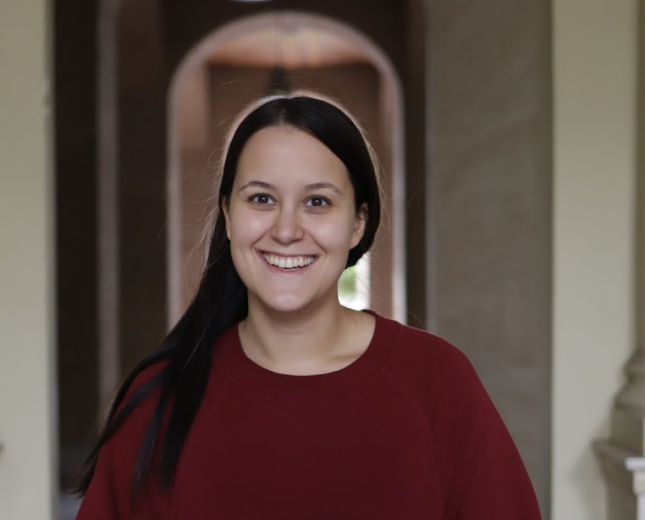Or 24 books that shaped me before the age of 24
I turned 24 today, despite my objections (it should be known that I’m bothered by the even number, not the age), and I think I have to commemorate this somehow. The original plan of writing down 24 things I learned until now didn’t work out – not because I haven’t learned anything, but because I found out that I just don’t have the desire to deal with introspection on my birthday. Meanwhile, I always feel like thinking about books, especially now in the summer, when I can finally dedicate a lot of my time to two of my favorite activities: reading and writing.
So I hereby present a (nonfinite) list of books that shaped my character and contributed to what I am today. I’ve doubtlessly forgotten many books or, to my great distress, was forced to leave them out. The order is more or less coincidental and the topics are mixed. You know, Teja style.
Green Eggs and Ham, Dr Seuss
And everything else from Dr Seuss. As a little girl, I liked his rhymes, later I liked his imagination and flawless mastery of the English language, and after that I started admiring him for the satirical ideas he included in simple stories. What I learned: children’s books aren’t only books for children. They can teach adults a lot as well.
Series The Famous Five, Enid Blyton
This series has been a faithful companion since childhood, and I remember three things: 1) my parents reading this series to me, 2) long days that I spent deciding exactly which part of the book I wanted to read (since I knew all of them by heart), and 3) the hunger I felt because they ate every couple of pages. Seriously, they eat all the time. What I learned: an incredible number of children are running freely across England and solving mysteries (meanwhile I had to have an escort to go to the store).
13 and 1/2 lives of Captain Bluebear, Walter Moers
One Christmas, I got the book about Captain Bluebear and his adventures. In the next few years, I read it so many times that it fell apart. I mean this literally. This year, it has finally been fixed and I can read it again without having to run around to catch pages that fall out and mix up the story. What I learned: translators are masters of their craft.
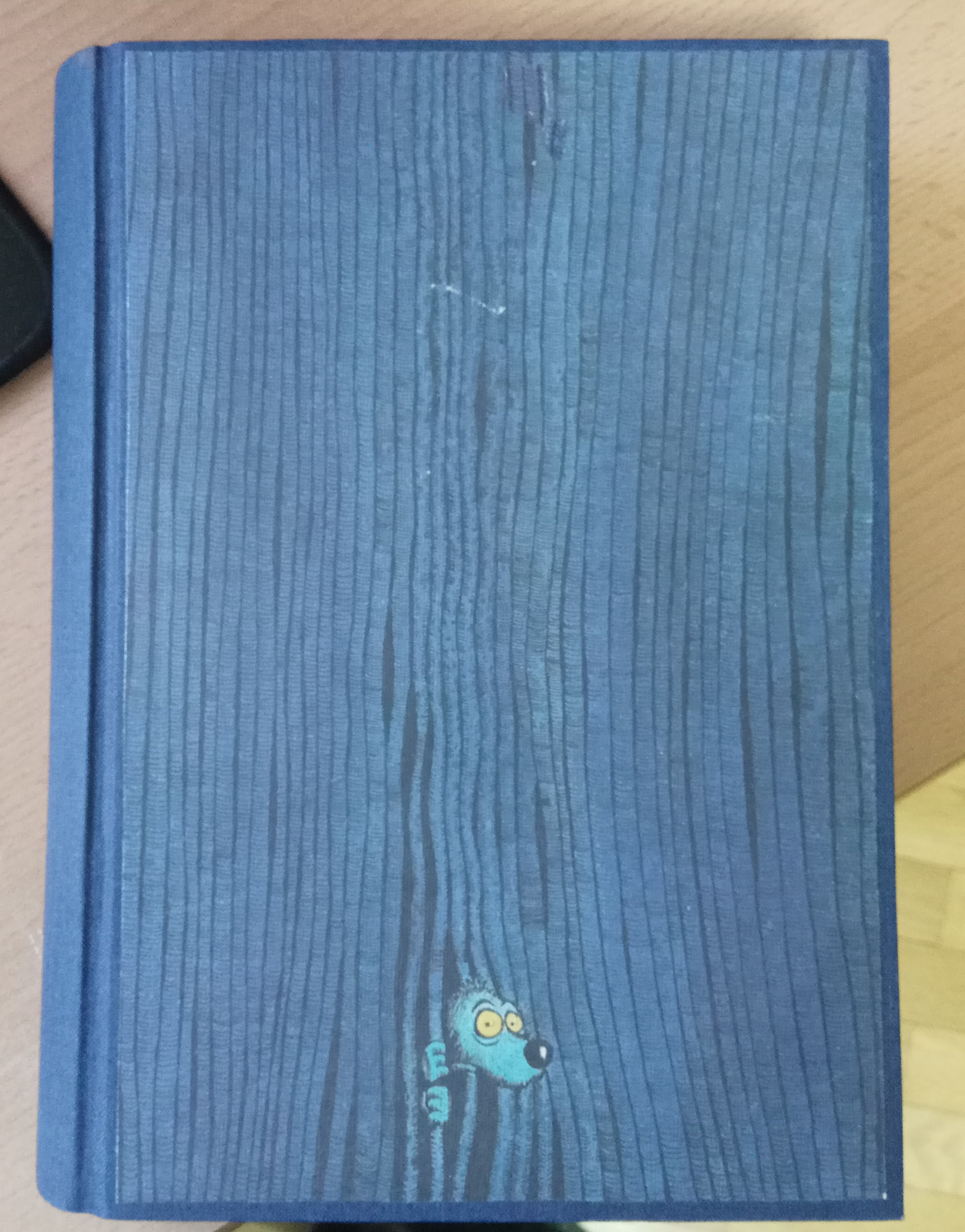
The (finally) fixed book that I can read again.
Lord of the Rings trilogy, J. R. R. Tolkien
This one might have shaped me in a different way by showing me that not all movie adaptations are bad and not all book versions are better than their movies. Lord of the Rings is readable, naturally, but it can drag on, so you mostly read it to admire Tolkien who created his own world, beings, and language. Hats off to him. What I learned: don’t trust people who turn their noses up at films just because they aren’t books, but they can’t give you a single good reason why the book is supposed to be better.
Good Omens, Terry Pratchett & Neil Gaiman
The book I still keep dragging along with me. I first read it in the first or second year of high school, and fell in love with it completely. After Captain Bluebear, this is the book that is most ruined. What I learned: you can tell the same story in different ways, one boring (the Bible), the other fun (Good Omens).
Harry Potter series, J. K. Rowling
I am a child of my generation and our generation is simply crazy about Harry Potter. If anyone in their 20s tells you differently, there are two options: either they’re lying or they’re weird. What I learned: you can get attached to characters so strongly that they live with you and in you as friends.
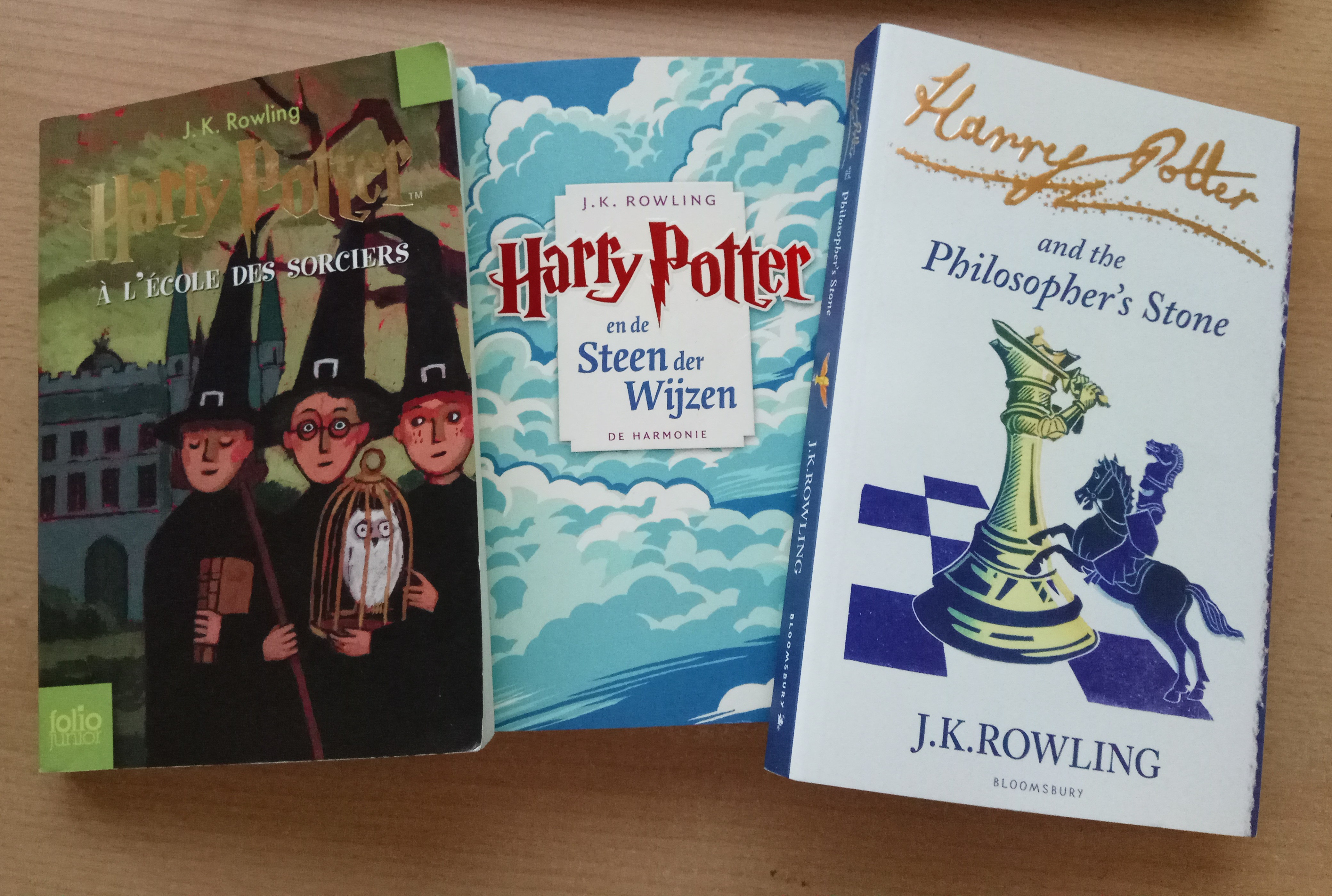
In three languages. (The Slovenian version is missing because I temporarily displaced it in the moment of taking this picture.)
Witches abroad, Terry Pratchett
This book found itself on the list recently and it’s about three witches who travel abroad and meet fairy tales on the way. The concept is beautiful, as is Pratchett’s writing style, and this is doubtlessly my favourite book of his (so far). What I learned: every villain is convinced they’re right. Goes for fairy tales and real life.
The Hitchhiker’s Guide to the Galaxy, Douglas Adams
A book one has to respect: it’s funny and full of imagination, the main character an Englishman to whom bad things constantly happen. What I learned: dolphins will thank us for the fish before they escape from Earth, and the meaning of life lies in the number 42.
Twilight, Stephenie Meyers
I was a teenage girl once too, so of course I had intimate knowledge of the biggest book hit of those years. I’d say I read the book “before it was cool”, but even later I was all too happy to participate in debates and fit in. Well, we learn from our mistakes. What I learned: just because everyone is reading it, that doesn’t mean it’s high quality.
Silver Dragons series, Katie MacAlister
And other romantic novels of the same author. I rarely read love stories, but if I do, I make sure they contain fantasy elements (… vampires, werewolves, dragons and the like). It’s always fun to see how others envision “creatures of the night”. Great books to read by the seaside or when you’re recuperating, because you don’t need your brain. What I learned: you don’t always need to read quality books, because the fun and light-hearted ones also have their advantages.
Music, Language, and the Brain, Aniruddh Patel
The book that summarized all (then existing) knowledge on the topic of the connection between music, language, and the brain. What I learned: sometimes, someone will write the book you want to write. Deal with it.
This is your brain on music, Daniel Levitin & Musicophilia, Oliver Sacks
These are the two books that actually convinced me that I’m really interested in the field of music and language cognition. They are also the first two non-fiction books I had read after a long time. What I learned: scientific books are easy to read if you’re really interested in the topic.
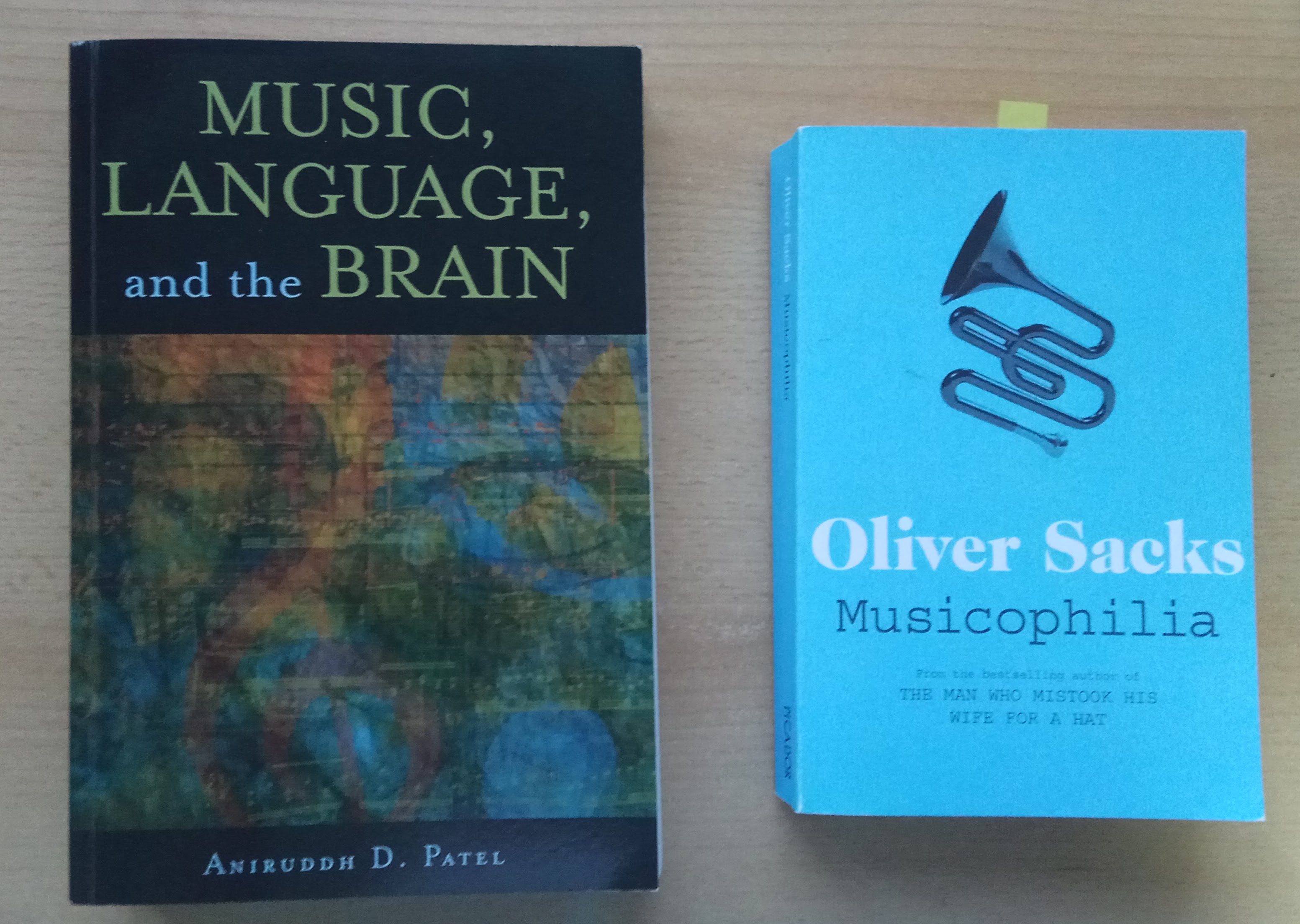
The two non-fiction books that taught me more than many a professor.
The Bone People, Keri Hulme
A book that thrilled me with its language and story of an imperfect New Zealand family. What I learned: magic realism is definitely made for me.
Wuthering Heights, Emily Brontë
A dark romance that I, admittedly, first read because of Twilight. There is just something about tragedies that makes you want to read them several times, as if you could change their outcome if you wished hard enough. What I learned: not all great love stories are healthy romantic stories. (Jealousy and revenge aren’t signs of love.)
Eragon, Christopher Paolini
Four books on dragons and witches, what more could I want. What I learned: there will always be authors who publish their first book incredibly young (Paolini was 17). That does not mean I need to feel guilty, because everyone gets their turn.
Maček Muri (Muri Cat), Kajetan Kovič
A loved Slovenian cat character, featuring in a story and songs. This winter, evenings found me under a Muri Cat duvet with a Muri Cat mug in hand. What I learned: childhood memories help if you’re abroad and miss your homeland.
The Life of Pi, Yann Martel & The Book Thief, Markus Zusak
I’m cheating a little, but for some reason, these two books belong together in my head. Maybe because I remember buying them at the same time. Or because they are both partly realistic, partly magical – my favourite combination. What I learned: I’ve had enough of World War II stories, and every book is better if there’s a tiger in it.
The Canterville Ghost, Oscar Wilde
Another fairy tale, a short story of a ghost haunting a house in the English countryside, his peace disrupted when a loud American family moves in. From the first page (when an Englishman claims that England today truly has everything in common with America “except, of course, the language”) to the last, it is wonderful, funny, and sad. What I learned: for ghosts, death is salvation.
Mehurčki (Bubbles), Oton Župančič
I loved listening to his poems that my parents read out loud. Now they’re also available online (in Slovenian, of course). What I learned: Slovenian is a rich language and we need to be proud of it.
Neverwhere & American Gods, Neil Gaiman
With these two, I once again can’t just pick one, because my first year of uni featured a period in which I read all books by Neil Gaiman. What I learned: you can find stories anywhere, even in the London underground.
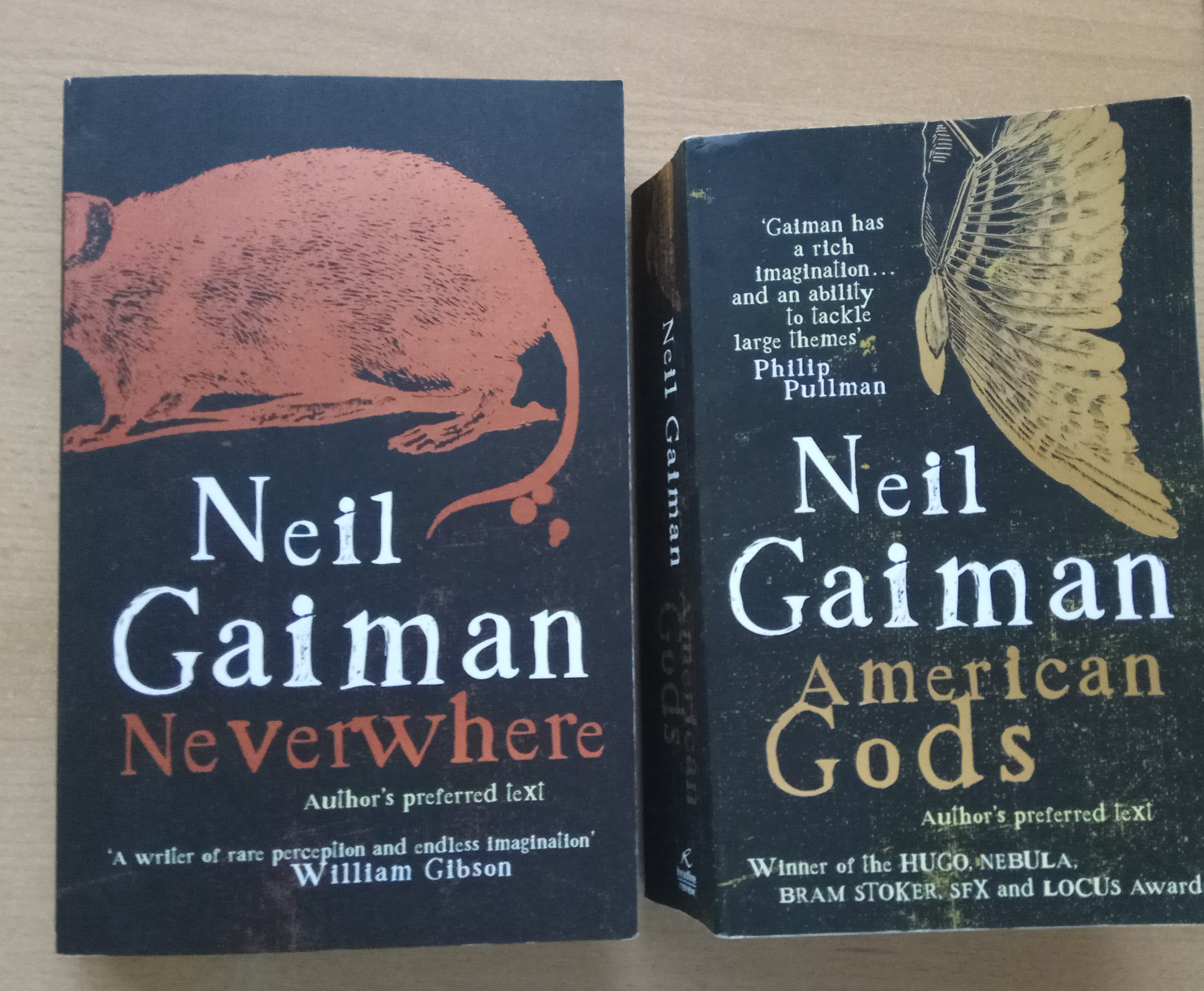
Cool covers of Gaiman’s books!
Fairy tales
Those from Andersen, Župančič, Brothers Grimm, Wilde, Slovenia, England, the World, my dad’s imagination … My childhood was full of fairy tales and now they still attract me more than any other genre. What I learned: everything has its own happy ending, but the ending might not be what one expects.
Winnie the Pooh, A. A. Milne
Who doesn’t like Winnie the Pooh. What I learned: if you want to get something you really want, you’ll probably get stuck on the way. (Although not always as literally as Winnie the Pooh did.)
Pippi Longstocking, Astrid Lindgren
A story that children probably like more than parents, who shake their heads at the thought of their child running freely around with a monkey and a horse. What I learned: sadly, there is a point in one’s life when one reads Pippi Longstocking and starts worrying about her health. That’s when you are, officially, an Adult Person™.
Alice in Wonderland, Lewis Carroll
This book might also fall under the fairy tale heading. I reread Alice’s story every couple of years and I always see her in a fresh way. What I learned: not all falls are bad, some open your eyes.
Of course I wasn’t only shaped by these books. Many more stories are nestled inside me, but the ones above are the ones I remember most. They are the ones with which I, alone or with my parents, spent the best hours of childhood, teenagehood, and adulthood. There, now it’s time I admit my age to myself and go to bed, at nine in the evening, book in hand. (Who am I kidding, I’ve always done this.)

